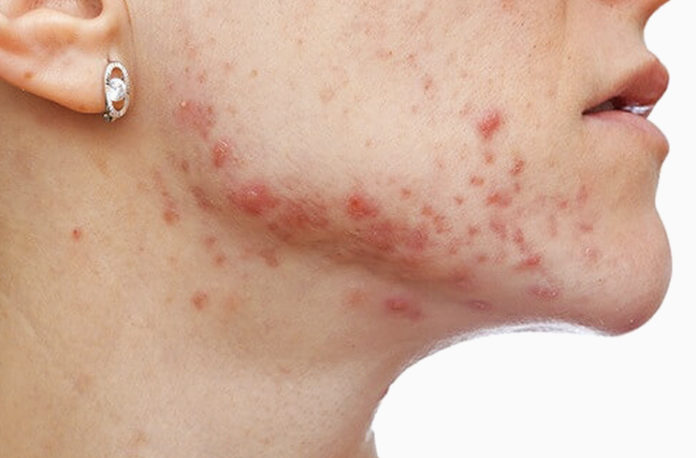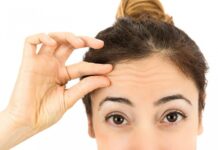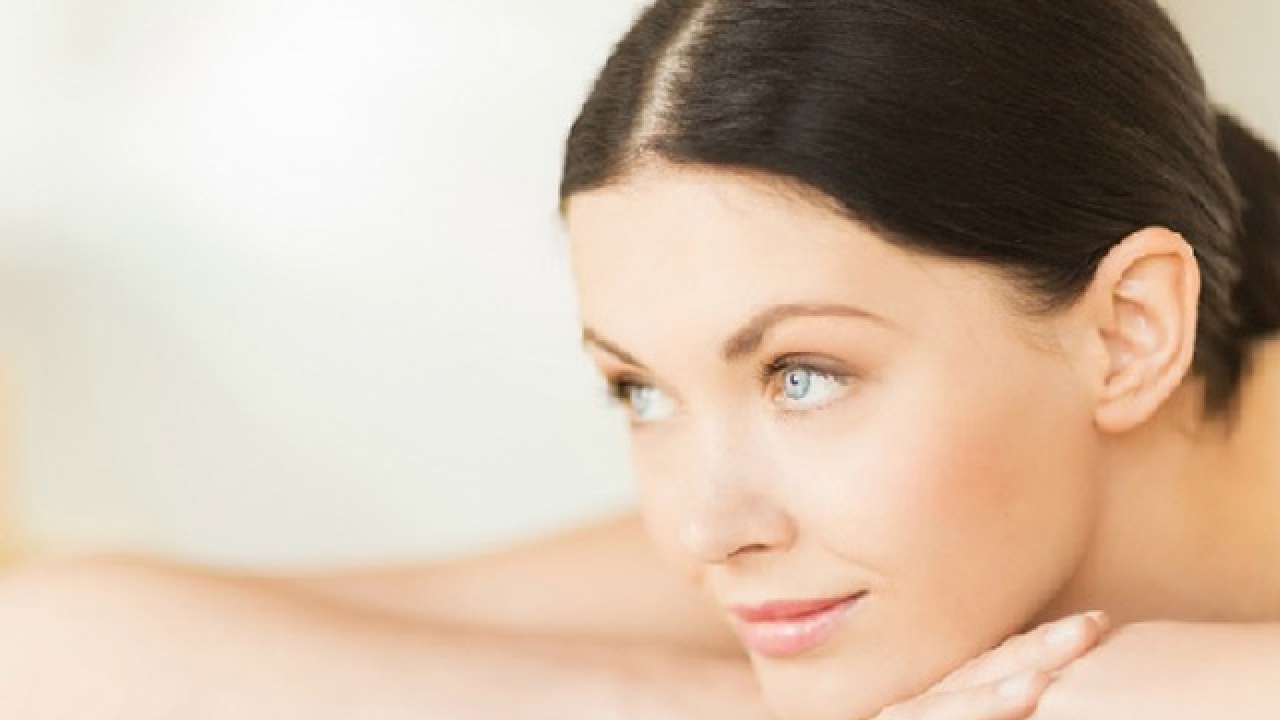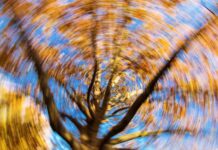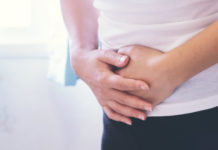Are you suffering from acne and breakouts? Do you wonder why after a consistent skincare ritual these breakouts don’t seem to go? There is a chance you might be dealing with fungal acne. No, don’t freak out. Take a deep breath; it is not as nasty as it sounds. Just like regular acne and seborrheic dermatitis, it is easy to manage fungal acne. Your standard skincare product will not treat fungal acne. These can be seen on the forehead, t-zone, chest, back, head and shoulders. After thorough research, we have included the causes of fungal acne, its symptoms, types and treatment methods to keep it under control.

What is fungal acne?
Fungal acne is also known as Pityrosporum folliculitis or Malassezia folliculitis. Fungal acne is a very common skin condition that is frequently mistreated for regular acne treatment. These are caused due to yeast overgrowth in the hair follicles. It starts with small scattered and itchy follicular papules developing on the chest, back, arms and even on the neck. It slowly enlarges and becomes postural. These can also occur due to sweaty clothes during a workout. Fungal acne looks a lot like hormonal acne or bacterial acne (acne vulgaris). Unlike traditional acne, fungal acne cause itching and the skin can also become red and severely irritated.
Read More- Rules For Washing Face The Right Way
What are the Causes of fungal acne?
Our skin has its own immune system called the microbiome with a balance of yeast and bacteria. The major problem which arises in the case of fungal acne and traditional acne is when due to some reason this balance is thrown off.
- Climate- Yeast thrives in humid and warm weather with lots of moisture, which is why fungal infection is very common in such climates. For a fact, almost 56% of people in the Philippines have both fungal acne and regular acne and that too at a much higher rate than average.
- Antibiotics- Regular use of topical antibiotics like clindamycin or other oral antibiotics namely minocycline and doxycycline can make the fungal acne even worse. It kills both the good and bad bacteria which allows fungi to proliferate on the skin.
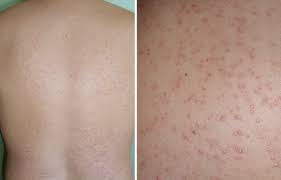
Image source - Improper hygiene- starting a gym routine means sweatproof workout clothes and leaving the sweat on the body for a very long time which causes fungal acne to foster.
- Skincare products- did you know yeast feeds on oil? If you use oil-based skincare products or makeup products there are chances that these are the big trigger for your fungal acne.
- Unhealthy diet- Diet is not the primary cause of fungal acne but high sugar content can be a trigger factor for the existing fungal acne.
What are the Symptoms of fungal acne?
Here are a few things that clue that the problem you’re dealing with is fungal acne:
- Your existing acne has no effect with the over-the-counter and prescription medicine for acne treatments, instead, they make the problem worse
- acne on your body itches and burns when touched
- You are facing other fungal overgrowth problems, like dandruff, psoriasis, tinea versicolor, eczema, etc.

Image source - These may look like red bumps accompany by whiteheads.
To make sure you can visit your dermatologist and get them tested. It takes only a few seconds and is a painless procedure.
Read More- Best Skin And Lifestyle Tips To Get Rid Of Acne
Effective treatment of fungal acne
Fungal can are pretty stubborn when it comes to its treatment. Using the wrong products can make the situation even worse. It is important to implement a good anti-fungal acne skincare treatment using the right tropical treatments including targeted acne medicines and oral antifungal medications to treat them effectively and properly.
- Antifungal body wash and dandruff shampoo- the best treatment shampoos for fungal acne contains Ketoconazole (2%). These anti-fungal dandruff shampoos can be used to treat yeast infections of the hair and scalp and even on the face and body. Use this every alternate day for at least 2 months to see a visible difference. Leave the solution on the skin for 4-5 minutes and then rinse off. After the acne is cleared continue using this for 3 additional months to prevent re-occurrence.
- Acne Cleanser- use medicated acne cleanser which contains salicylic acid. This will helps in unclogging the pores and will increase the effect of antifungal shampoo. Use this on alternative nights.

Image source - Antifungal acne cream- to treat fungal acne fast use acne cream with salicylic acid or benzoyl peroxide along with shampoo and cleanser. This anti-fungal cream will destroy and remove the bacteria and fungus on the skin. These ingredients fight yeast and acne bacteria. Salicylic acid has anti-bacterial, anti-fungal and anti-inflammatory properties. It dissolves the fungus accumulated in pores.
- Oil-free moisturizer- moisturizing the skin is very important to treat fungal acne. Use fungal acne safe moisturizer to get rid of dryness caused by medicated products. Make sure to use an oil-free moisturizer to prevent yeast growth.
- Maintain proper hygiene- wear clean clothes every day. change out of sweaty clothes as soon as possible after a workout and wipe using oil-free wipes to properly cleanse when in shower.

